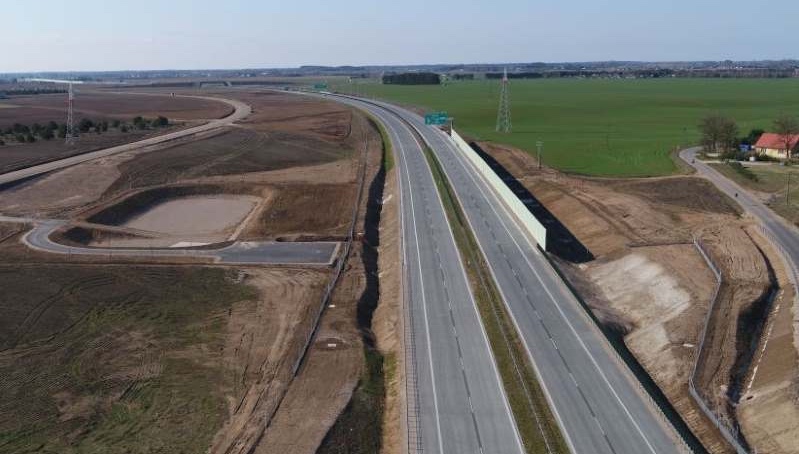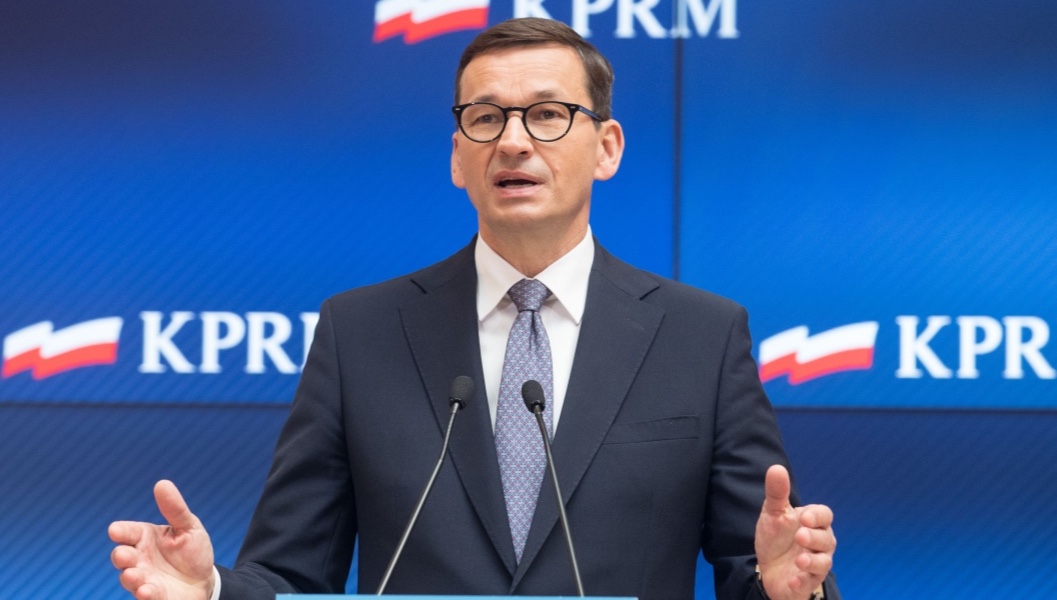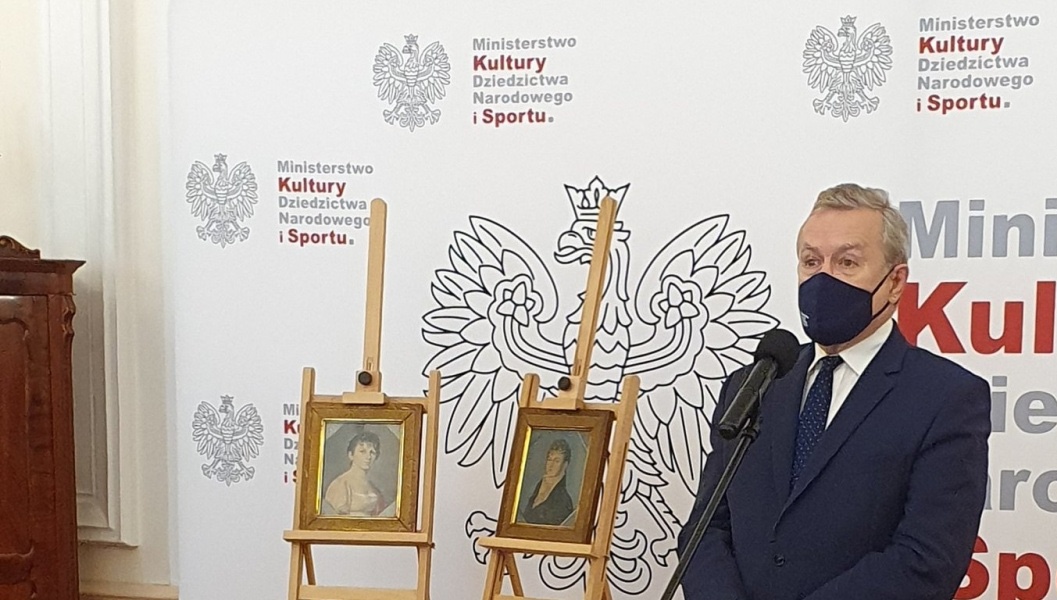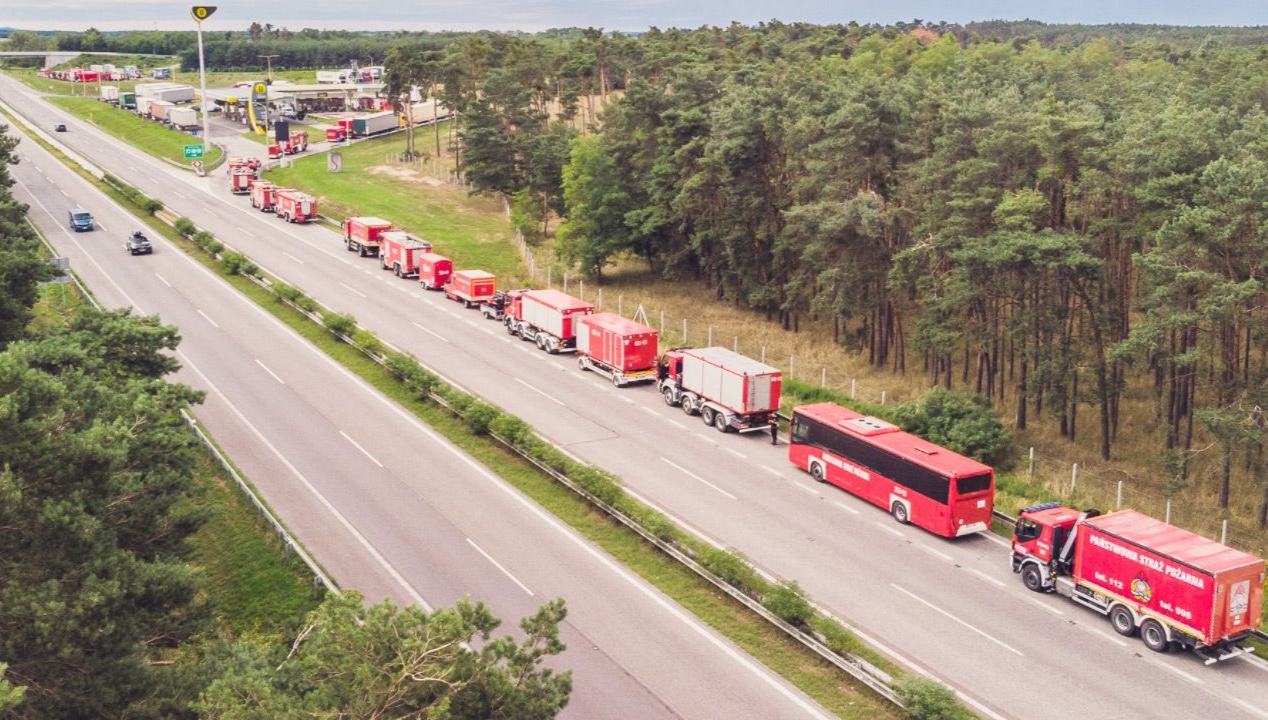From August 9th, travellers can use another section of the S61 expressway. The Kolno – Stawiski section is a 16.4 km long expressway in north-eastern Poland. The investment was financed by national and EU funds from the Infrastructure and Environment Programme (OPI&E) 2014-2020.
– Thanks to European and national funds, another much-needed investment was completed. The EU co-financing exceeded half of the whole project value. This is the best example of how European Union funds have a real impact on improving the quality of life of Poles. The ability to move quickly and safely is a tangible benefit to travellers,” says Waldemar Buda, Deputy Minister of Funds and Regional Policy.
The section of the road opened to traffic today is one of the two sections implemented under the project “Construction of the S61 expressway, section Łomża west junction – Stawiski junction”, supported by European Funds.
– The S61 is an example of how the EU budget connects Europe. I am very pleased with the opening of another 34 km of the route, so long-awaited by both residents and transit passengers. This road is not only important for Poland. At the European level, it forms part of a network connecting the Baltic States to Poland and further to Western and Southern Europe, and will contribute to the unimpeded flow of goods within the North Sea-Baltic Sea corridor,” said Elisa Ferreira, European Commissioner for Cohesion and Reform.
The total value of the project is over PLN 1 billion and the EU grant exceeds PLN 588 million. The implementation of the investment will eliminate bottlenecks and improve capacity and traffic conditions. The opening of a new section of the S61 expressway will improve the interregional transport of persons and goods.
The closure of the most important motorways and expressways is one of the priorities of the OPI&E. So far, the General Directorate of National Roads and Motorways – the largest beneficiary of the Programme – has made 81 km of motorways and 972 km of expressways available for traffic in the framework of OPI&E projects.










